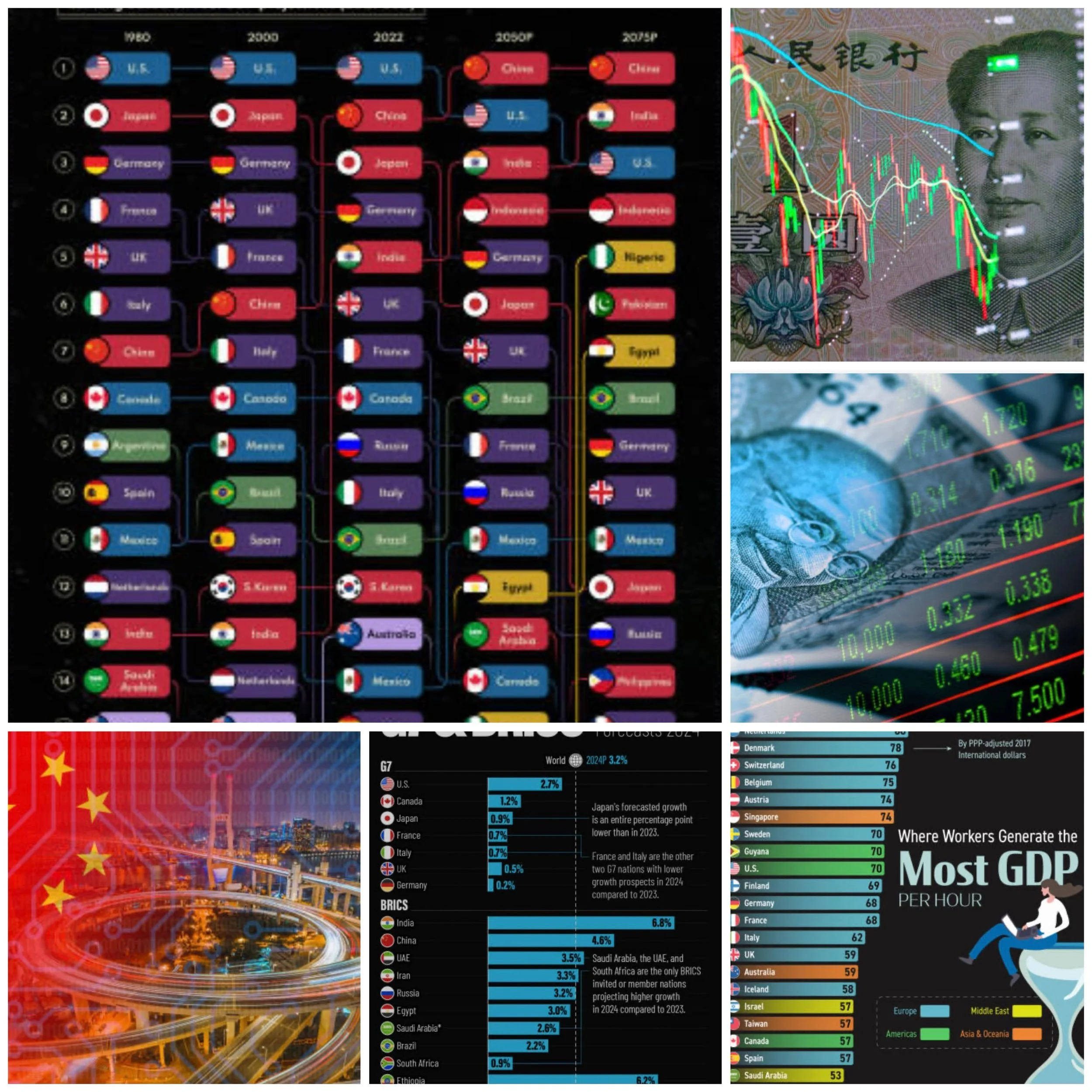What impact will geopolitical tensions have on China's economy in 2024 -2030
Introduction
Geopolitical tensions are expected to have significant and far-reaching impacts on China’s economy from 2024 to 2030, potentially constraining growth and creating various challenges.
Here’s an analysis of the key effects:
Trade and Economic Growth
Slower Growth Trajectory
China’s GDP growth is projected to decelerate, with estimates ranging from 3.8% to 4.5% on average between 2025 and 2030.
Export Pressures
Rising trade tensions, particularly with the United States and Europe, could lead to new trade restrictions on Chinese exports, affecting a crucial driver of China’s economy.
Global Economic Fragmentation
The IMF estimates that increased international trade restrictions could cost the global economy $7.4 trillion and reduce global economic output by up to 7%, with China being significantly affected.
Investment and Innovation
Foreign Direct Investment
Geopolitical uncertainties may cause international investors to become more cautious about investing in China, potentially slowing down foreign direct investment.
Technological Self-Sufficiency
Access to foreign technology for industrial upgrades may be limited due to rising economic and geopolitical rifts with the West, challenging China’s “dual circulation” growth policy.
Innovation Capacity
Geopolitical headwinds may inflict significant damage on China’s capacity for innovation, which is crucial for its long-term economic development.
Domestic Economic Challenges
Property Sector
The ongoing downturn in the real estate sector, which previously accounted for about 30% of GDP, will continue to be a major challenge.
State vs. Private Investment
There’s a growing reliance on state-driven investment, while private sector investment has stalled since the onset of the housing crisis in 2021.
Productivity Concerns
Total factor productivity growth has already slowed significantly, from 2.8% annually before the Great Recession to 0.7% in 2009-2018.
Global Economic Position
Shifting Trade Patterns
China’s efforts to expand output in the face of slowing demand could materially affect trade prices and inflation in other economies.
Self-Reliance Push
China’s shift towards manufacturing previously-imported advanced goods aims to reduce import intensity, potentially altering competitiveness and trade balances with partners.
Global Supply Chains
Increasing uncertainty related to regulatory and geopolitical risks coincides with rising outflows of foreign direct investment, potentially accelerating the fragmentation of global value chains.
Long-Term Structural Impacts
Demographic Pressures
China’s working-age population decline, expected to decrease by nearly a quarter by 2050, will compound economic challenges.
Potential Growth Rate
Under a scenario of lower fertility and TFP slowdown, China’s GDP growth rate could be reduced by 0.9 percentage points by 2040 compared to the baseline projection.
Conclusion
The geopolitical tensions present significant challenges, there’s also potential for a more stable scenario. This could involve a core geopolitical bargain where the U.S. accepts China’s continued growth while China shows it doesn’t seek global hegemony, potentially leading to a more balanced competition and cooperation in key areas of global governance.






